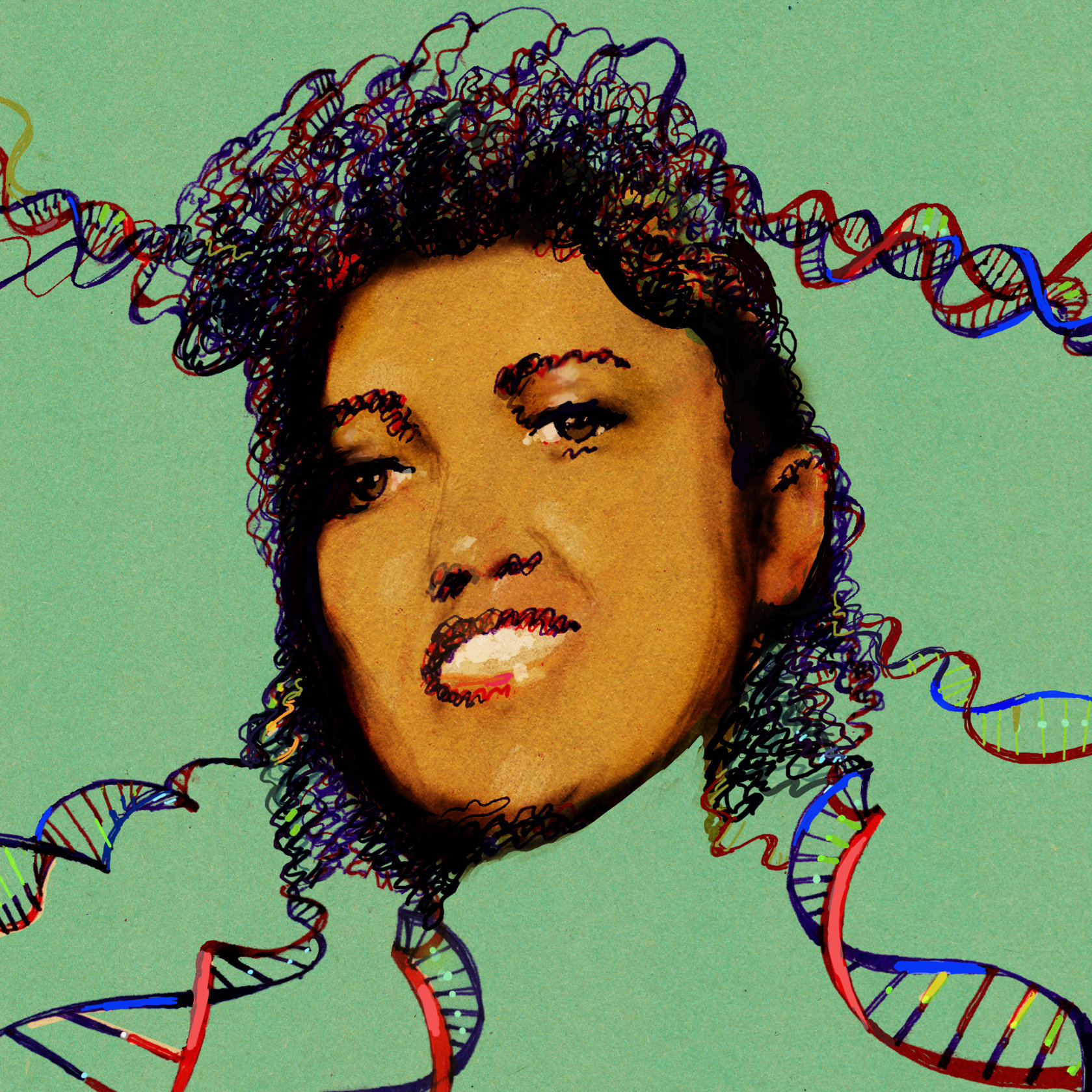All humans are made of the same organs, but we are all unique. One of the greatest features of humanity is each person’s individuality, and this can extend even to your cells. One such individual with cells like no other is Henrietta Lacks. She was a tobacco farmer from Southern Virginia and a mother of five. She was diagnosed with cancer and died at the young age of 31, in 1951. Even though her tragic passing away, her cells were a gift to science.
At the time researchers were trying to cultivate cells that would always go on producing, this immortal cell line which they were trying to cultivate would come in handy. With such a line they would be able to carry out many different experiments over longer periods of time. Which will also allow researchers to add more variants in their experiments, the amount of discoveries that can be made would be endless. The cause and cures of illnesses would be discovered by having such a line of cells to work with. These cells could easily be exposed to viruses and radiation over periods of time, that would just be impossible with a normal cell line that expired quickly. This is why before the discovery of the immortal cells scientists were limited in their research.
Due to her illness, Lacks was hospitalized in Johns Hopkins Hospital in Baltimore. This is where some scientists had been working for years on starting an immortal cell line. When Lacks passed away, they found that her cells were the first to have the ability to continuously reproduce without end. Some believe that her cells’ behavior was altered due to the aggressive tumor she suffered from while she was ill, and became unlike ordinary cells. When ordinary cells are taken from a human body and kept in a lab, they have a limited life span, but Lacks’ cells had an unlimited lifespan, making them perfect for scientific research. Honoring Henrietta Lacks, her cells (the first immortal cell line) were called after her: HeLa.

Researchers since then have found a thousand and one things to use HeLa cells for, and they have been essential in many medical breakthroughs. Due to the cells being able to live outside a human body, scientists were able to observe human cell division as it was taking place. These cells were exposed to such conditions, that would have been deemed impossible were they still residing within a human.
Not only were they used in white tiled labs, they also went to where most people have not been space. They were sent to space, in the first space missions, so as to allow scientists to observe how human cells react in zero gravity.
Since 1951, HeLa cells have allowed scientists to amass a wealth of information, and develop, as well as, improve the field of medicine. To this day, HeLa cells are still widely used and “one researcher has estimated that if you laid them all end-to-end, they would wrap around the planet at least three times.”
Check out this short video about the HeLa cells.
Reference
www.smithsonianmag.com